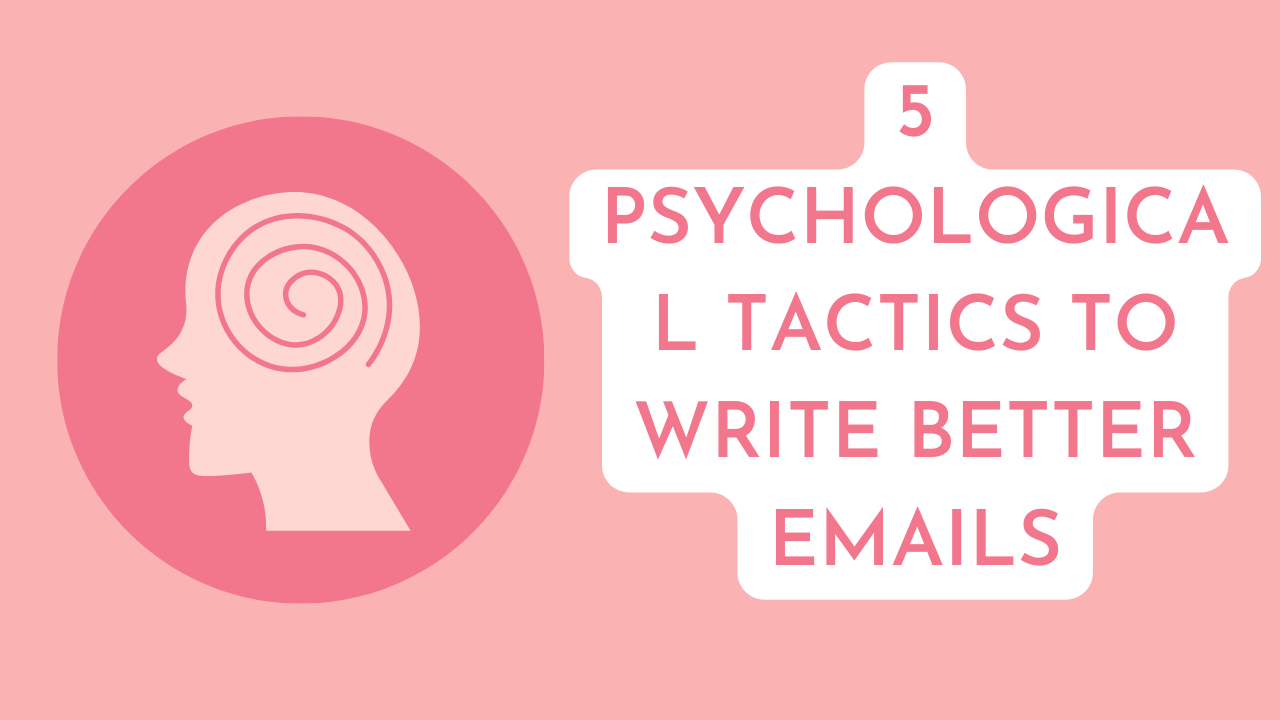
Ever wonder why some emails get enthusiastic responses while others barely get a glance? It’s all about tapping into the right psychological triggers. Let’s explore five powerful tactics that can transform your email game by making your messages more compelling and response-worthy.
1. Highlight What They’re Missing (Loss Aversion)
People hate to miss out. It’s called loss aversion, and it’s a powerful force in decision-making. In your emails, emphasize what your reader will lose by not taking action. This can be more effective than simply listing benefits.
Example: Instead of “Join our webinar to learn about marketing,” try “Don’t miss out on exclusive insights that could boost your marketing ROI—spots are filling up fast!”
2. Harness the Power of the Crowd (Social Proof)
We’re social creatures, and we tend to follow the crowd. Use this to your advantage by incorporating testimonials, user statistics, or notable endorsements in your emails. Showing that others have made a similar choice can encourage readers to follow suit.
Example: “Join the 500+ satisfied customers who have transformed their businesses with our tool. See their stories here!”
3. Praise and Personal Connection (Reciprocity)
Everyone likes to feel appreciated. When you praise your subscribers, especially those who are consistently engaging with your content, they are more likely to continue interacting with your brand. This taps into reciprocity—give a little compliment, and they’ll feel compelled to give back.
Example: “Thank you for being a loyal subscriber! Here’s a special offer just for you to show our appreciation.”
4. Showcase Scarcity (Scarcity Principle)
If something is scarce, we want it more. Use this principle by limiting the availability of your offers or highlighting the exclusivity of your information. This creates urgency and can prompt quicker responses.
Example: “Only 24 hours left to access our exclusive ebook. Grab your copy before it’s gone for good!”
5. Spark Curiosity (Curiosity Gap)
People are naturally curious. Create emails that make your reader wonder what’s inside. Use intriguing subject lines or open with a compelling question or statement that leaves them wanting more.
Example: “Do you know the one mistake most new marketers make? Find out in our latest guide!”
Wrap-Up:
By using these five psychological tactics, you’re not just sending emails—you’re crafting experiences that engage, influence, and convert. So next time you draft an email, think about these strategies not just as tips, but as tools to forge better connections and drive real results.

